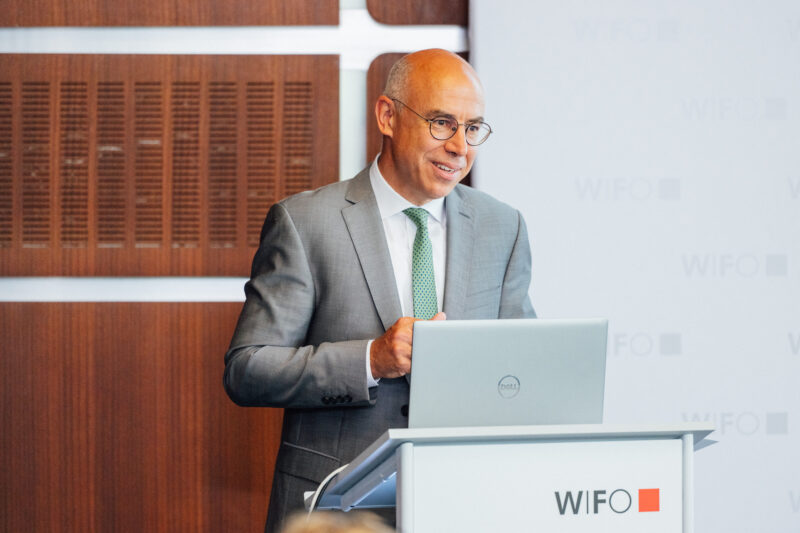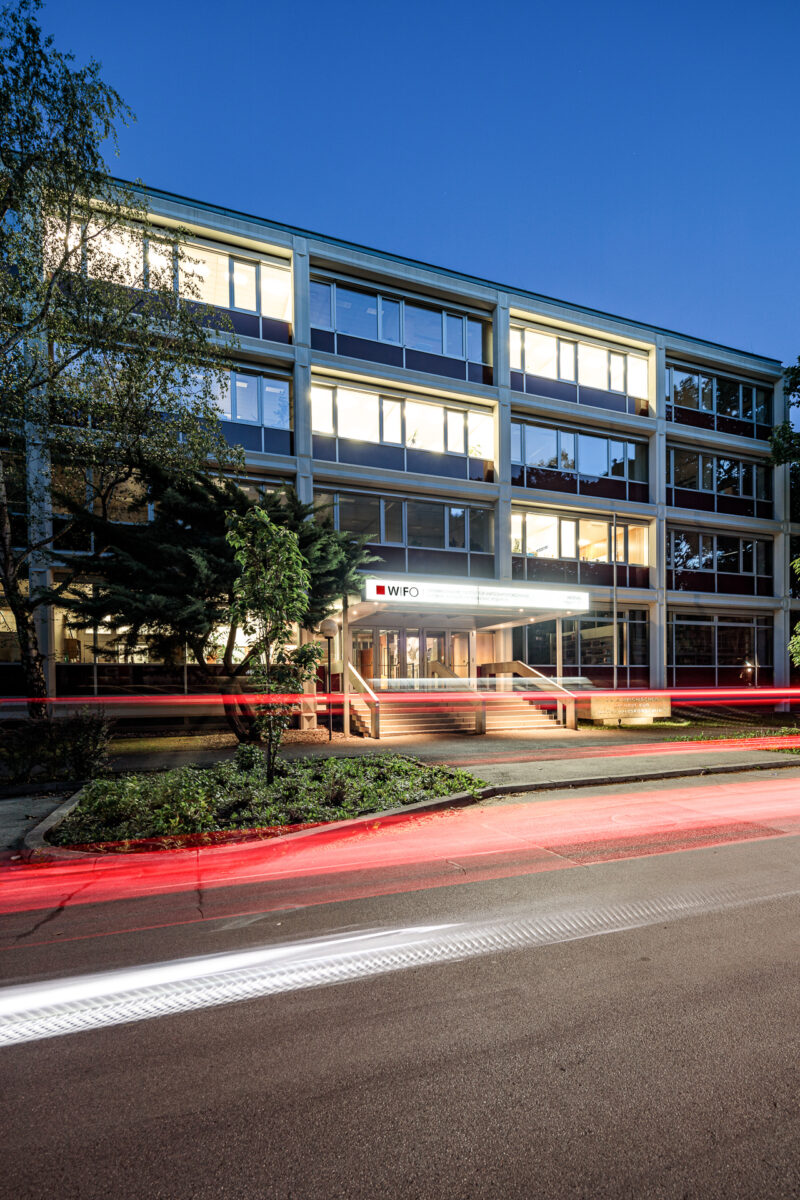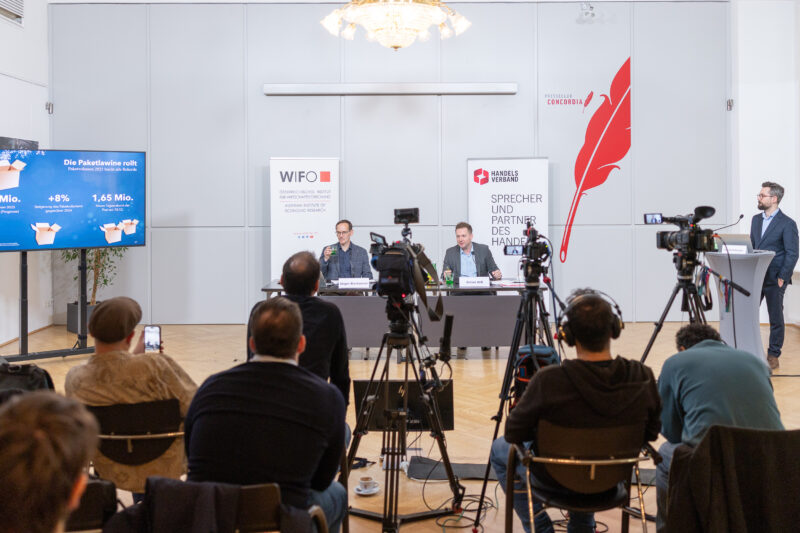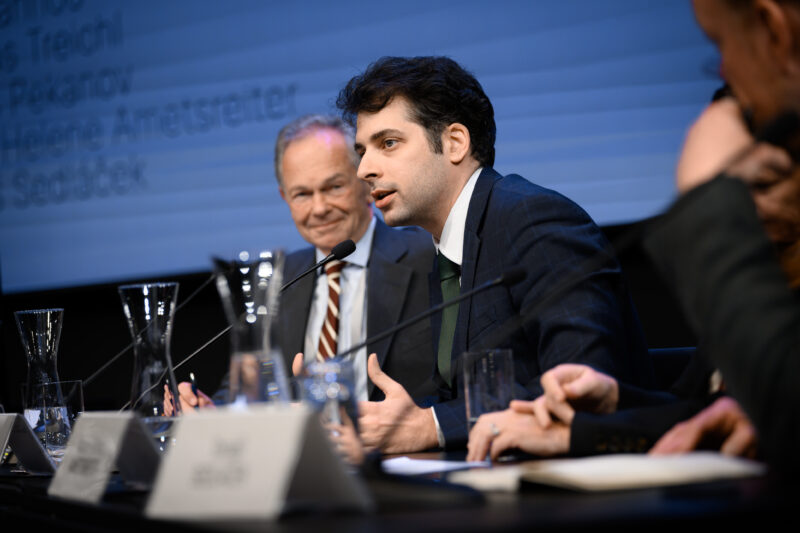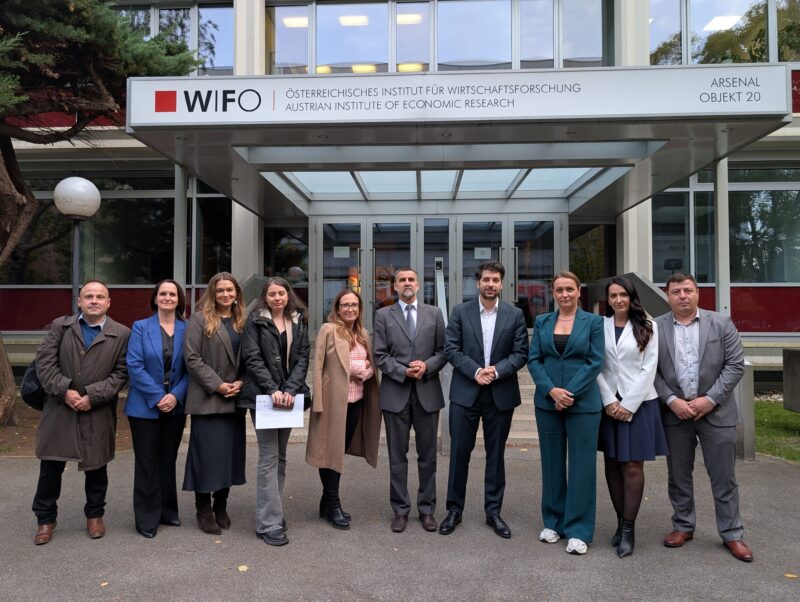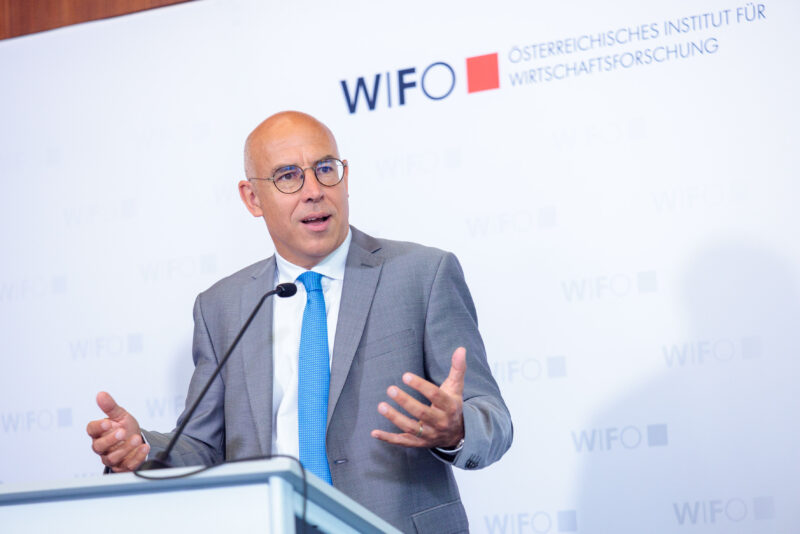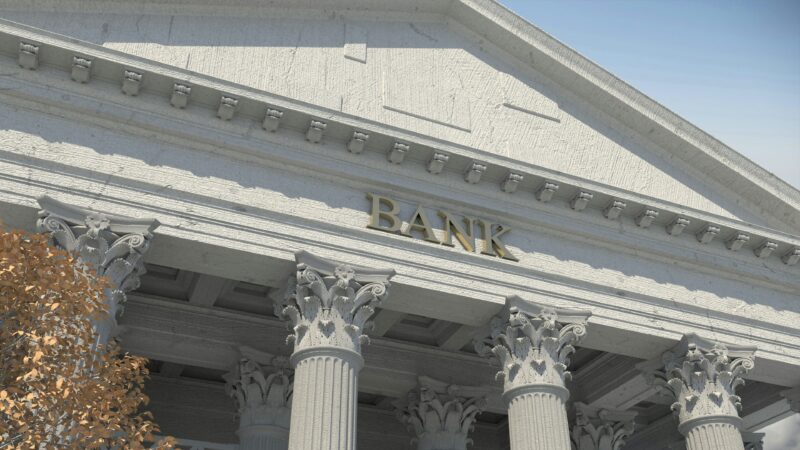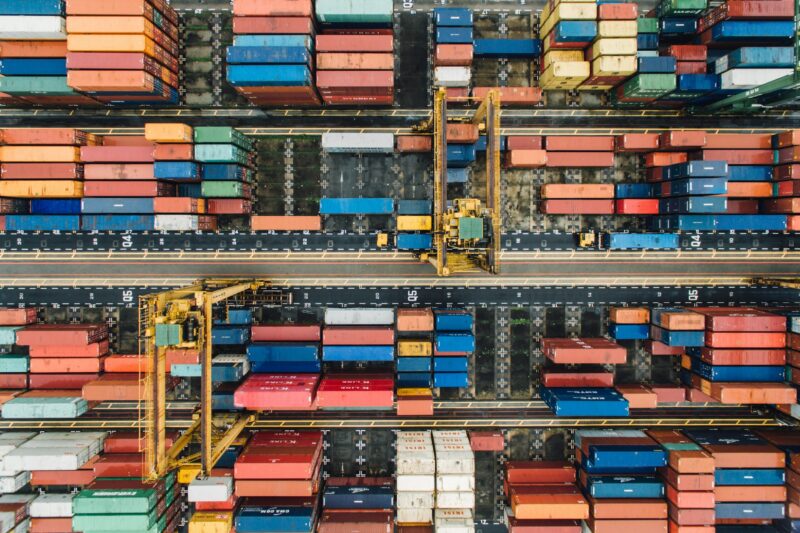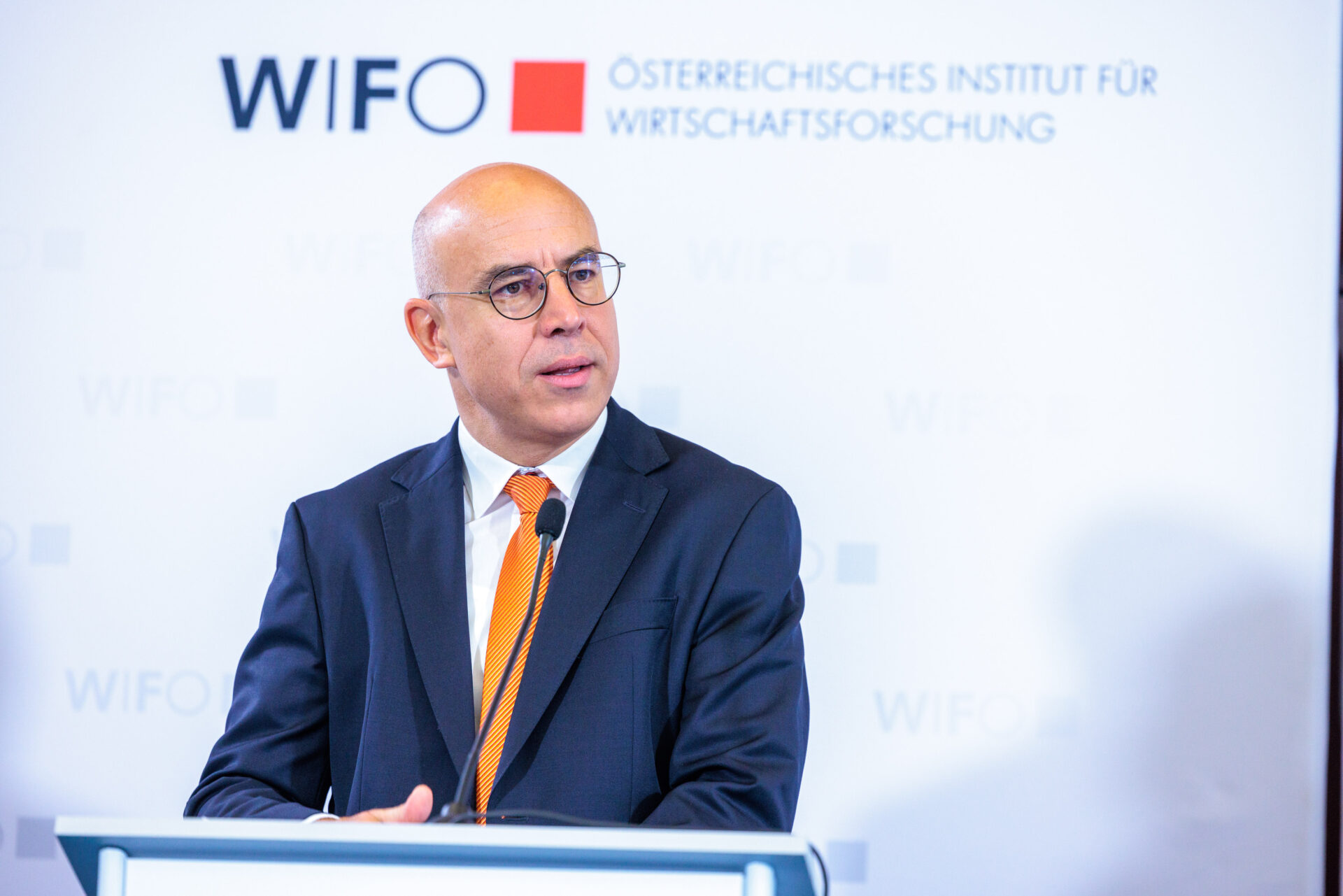
Austria is in its Third Year of Recession
"The domestic economy will overcome the longest recession in the Second Republic by mid-2025. The intensity of the recovery depends primarily on the uncertain international environment", says Marcus Scheiblecker, one of the authors of the current WIFO Economic Outlook.
The Austrian economy suffered another setback last year. After a decline of –1 percent in 2023, GDP contracted again sharply by 1.2 percent. The downturn even accelerated in the second half of the year. The unfavourable environment continues to weigh on domestic industry. The resilience of many industries will still be severely tested in 2025. From the middle of the year, however, the economic activity in the EU should regain momentum and export demand should pick up somewhat. As a result, the Austrian economy should also emerge from its protracted recession and return to a moderate growth trajectory.
However, the economic recovery expected for the second half of the year will not be sufficient to achieve GDP growth in 2025 as a whole. WIFO expects economic output to fall again by 0.3 percent. Only in 2026, as soon the euro area economy benefits from the planned fiscal stimuli in Germany and the EU, the Austrian economy will grow again for the first time in three years (+1.2 percent), albeit at a slower rate than the German economy (+1.5 percent).
The domestic construction industry will bottom out in the first half of 2025. The housing initiative adopted in 2024 will support demand in the second half of 2025 and unfold its full effect in 2026. WIFO also expects interest rates to continue to decrease moderately. Against this backdrop, construction should provide a boost to the total economy in 2026.
Apart from construction, real investment will decline again in 2025 as low capacity utilisation will continue to result in replacement rather than expansion investments.
The household savings rate, which rose sharply last year, will gradually be reduced in 2025, allowing for slight growth in private consumption despite the negative impact of the austerity package.
In 2024, the inflation rate fell sharply to 2.9 percent (according to the CPI). However, the pace of decline is likely to slow significantly in the current year. Due to the expiry of the electricity price brake, higher network charges and increased CO2 pricing, the inflation rate rebounded at the beginning of 2025 and will decline only slowly over the course of the year. It is expected to average 2.7 percent in 2025 and 2.1 percent in 2026.
Notwithstanding the prolonged recession, employment increased slightly in 2024, which is also expected for 2025. However, the number of hours worked per job fell significantly in 2024, resulting in a contraction in the volume of hours worked. This trend will continue in 2025. Only next year dependent employment will pick up again by 0.8 percent, which means that the volume of hours worked will also rise. The unemployment rate will increase slightly to 7.3 percent in 2025 and fall only slightly in 2026 (7.1 percent).
Due to the weak business cycle and the high deficit in the previous year, the savings in public budgets will not be sufficient to push the deficit below the 3 percent mark in 2025. It is expected to amount to 3.3 percent of GDP and, despite the improved economic activity, will rise to 3.5 percent of GDP in the coming year due to the planned stimulating measures.
The decline in greenhouse gas emissions continues in 2025 (–1.8 percent), but less dynamic than in the previous year (–2.8 percent). On the one hand, industrial production shrinks less and on the other hand, emissions in 2024 were curbed by the mild winter. Although ongoing decarbonisation trends will reduce emissions in 2026, industrial production will pick up again, reducing the decline in emissions to –1.4 percent.


